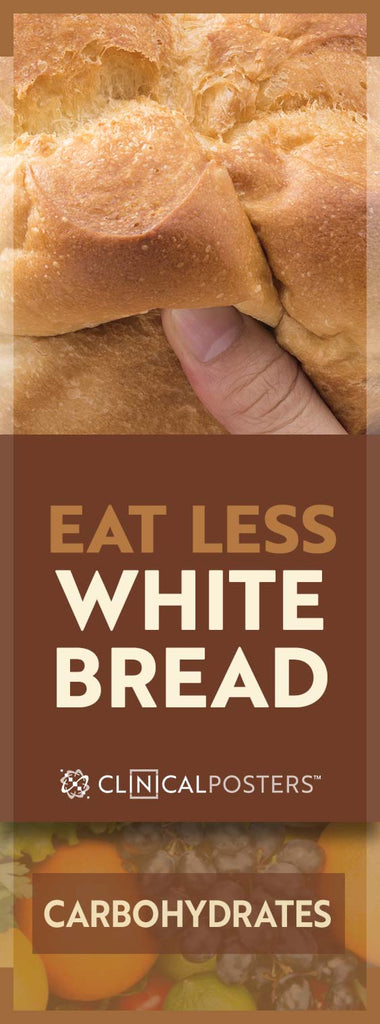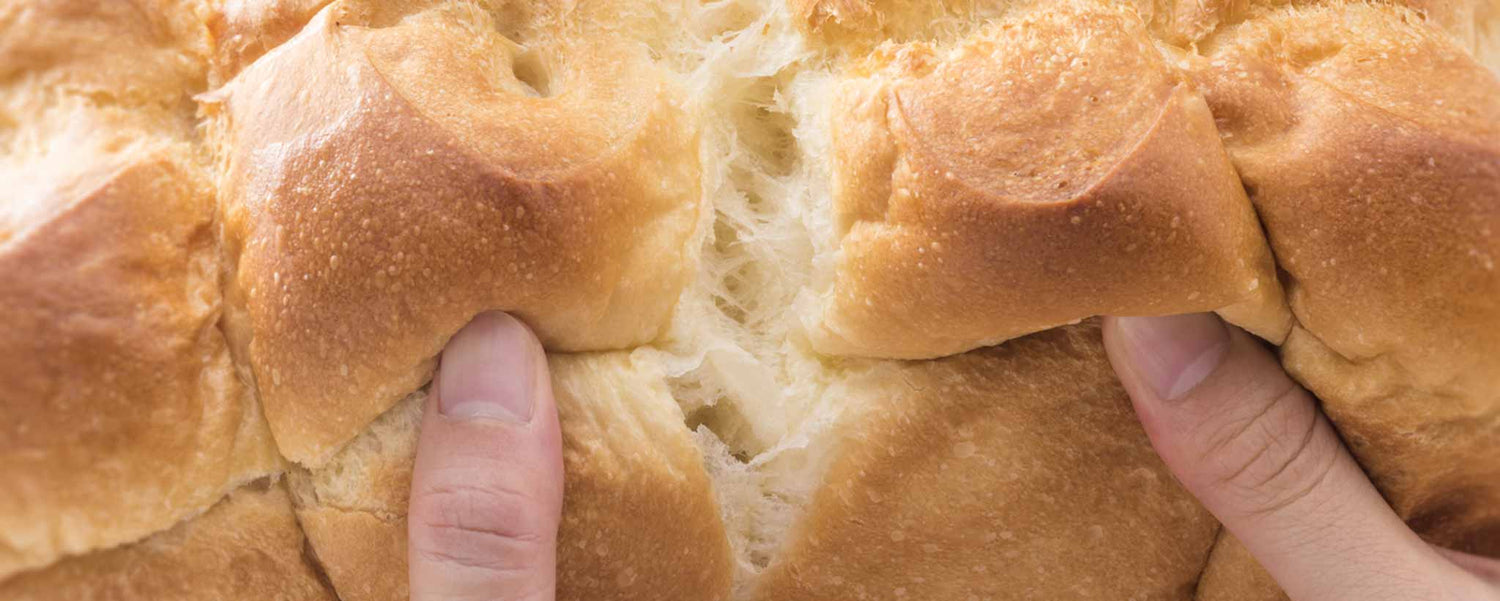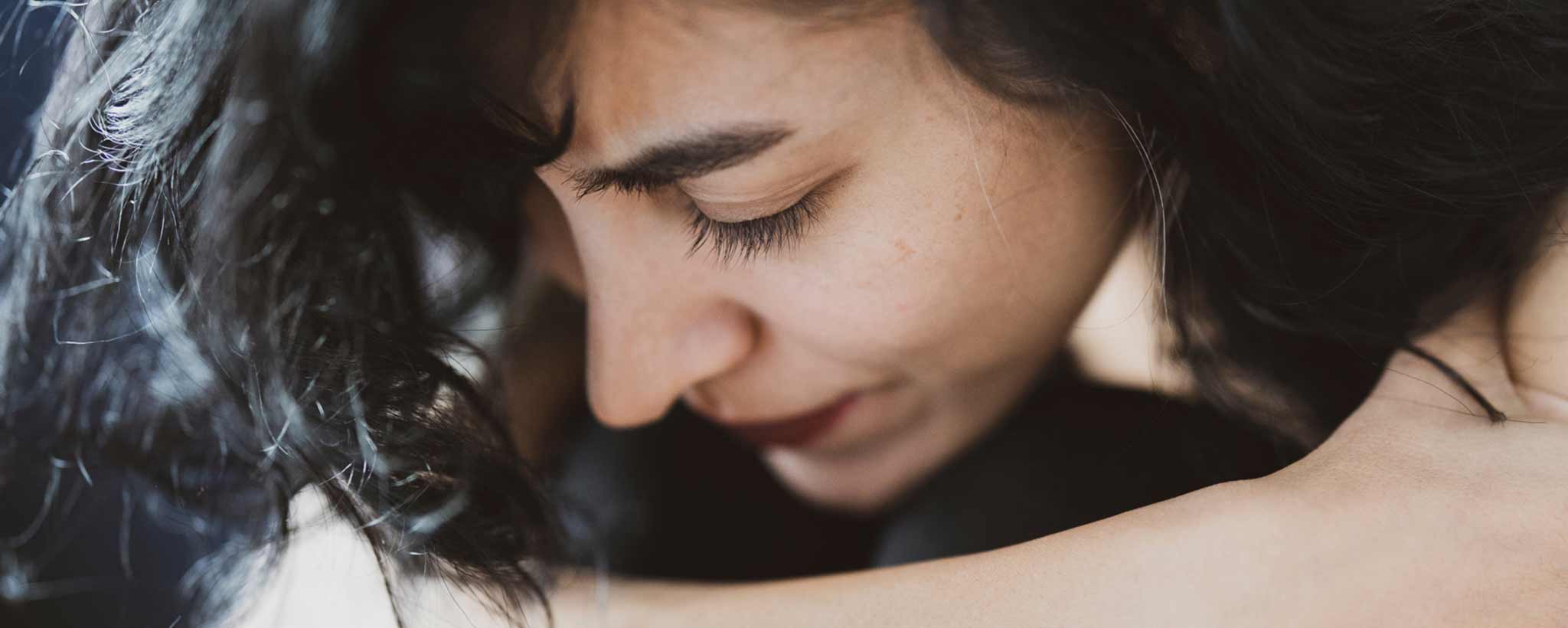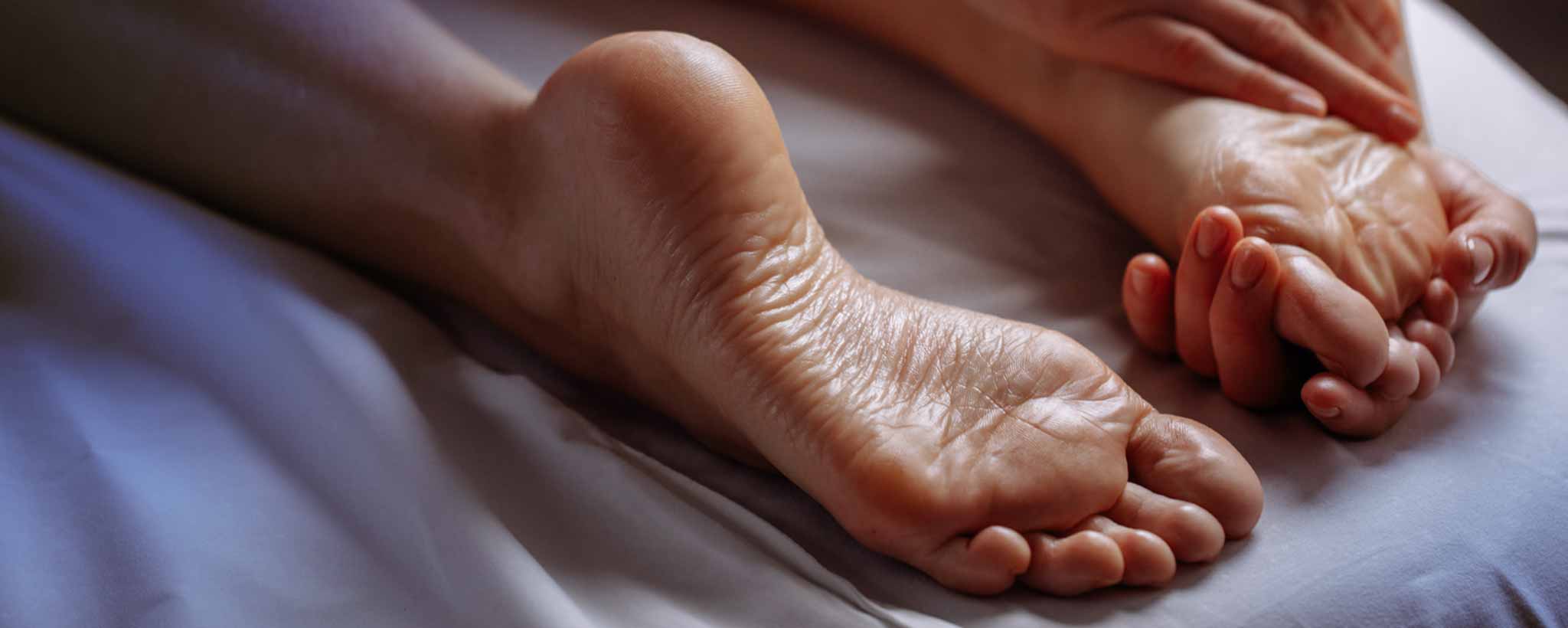Could your bread, rice, crackers, and pasta have too much starch and not enough fiber?
Preference May Differ From Requirement
With your coffee shop breakfast or deli sandwich, a server asks, “White, wheat, or rye?” You need carbohydrates for energy. The three types of carbohydrates are sugar, starch, and fiber. So your bread choice is a carb. Types of sugar, the simplest form of carb, include fruit sugar (fructose), table sugar (sucrose), and milk sugar (lactose).

Most carbohydrates convert into glucose before entering the bloodstream. This is used to produce a fuel molecule called adenosine triphosphate (ATP).
Your body stores a small amount of excess glucose as glycogen primarily in the liver and muscle. When muscles reach their limit of glycogen, carbohydrates convert into triglyceride molecules and stored as fat.
Eliminating all carbs is not the solution to fat accumulation. Remember, you need carbohydrates for energy. Three ways to reduce fat are, one: slow the conversion to glucose with high-fiber foods, two: consume appropriate portions of carbohydrates, three: use the energy fuel by exercising.
All fruit and vegetables are carbohydrates. But foods like celery, kale, and carrots have significant fiber to slow digestion. White flour, white bread, white rice, and other processed grains lack their fibrous outer shell.
Instead of lingering in our digestive system until we use the fuel, the carbs quickly convert to glucose (sugar). If you learn to make your bread, you can control the quality of grains used.
Using the MyPlate method of portion control, one-quarter of our plate (1/2 cup) should be whole grains like brown rice, bulgur, quinoa, or starchy vegetables. Common sources of naturally occurring carbohydrates include:
- Fruits
- Grains
- Legumes
- Milk
- Nuts
- Seeds
- Vegetables
Here is your fat-burning tip for the day: Include protein with each of your three daily meals. If you get hungry between meals, briskly walk for 15–20 minutes, drink a cup of water and then, with a clear head, consider healthy snack options. This should prevent you from binging on excess processed carbohydrates and keep you ClincalReads Health.
>Access full article.
Could your bread, rice, crackers, and pasta have too much starch and not enough fiber?
Preference May Differ From Requirement
With your coffee shop breakfast or deli sandwich, a server asks, “White, wheat, or rye?” You need carbohydrates for energy. The three types of carbohydrates are sugar, starch, and fiber. So your bread choice is a carb. Types of sugar, the simplest form of carb, include fruit sugar (fructose), table sugar (sucrose), and milk sugar (lactose).
Most carbohydrates convert into glucose before entering the bloodstream. This is used to produce a fuel molecule called adenosine triphosphate (ATP).
Your body stores a small amount of excess glucose as glycogen primarily in the liver and muscle. When muscles reach their limit of glycogen, carbohydrates convert into triglyceride molecules and stored as fat.
Eliminating all carbs is not the solution to fat accumulation. Remember, you need carbohydrates for energy. Three ways to reduce fat are, one: slow the conversion to glucose with high-fiber foods, two: consume appropriate portions of carbohydrates, three: use the energy fuel by exercising.
All fruit and vegetables are carbohydrates. But foods like celery, kale, and carrots have significant fiber to slow digestion. White flour, white bread, white rice, and other processed grains lack their fibrous outer shell.
Instead of lingering in our digestive system until we use the fuel, the carbs quickly convert to glucose (sugar). If you learn to make your bread, you can control the quality of grains used.
Using the MyPlate method of portion control, one-quarter of our plate (1/2 cup) should be whole grains like brown rice, bulgur, quinoa, or starchy vegetables. Common sources of naturally occurring carbohydrates include:
- Fruits
- Grains
- Legumes
- Milk
- Nuts
- Seeds
- Vegetables
Here is your fat-burning tip for the day: Include protein with each of your three daily meals. If you get hungry between meals, briskly walk for 15–20 minutes, drink a cup of water and then, with a clear head, consider healthy snack options. This should prevent you from binging on excess processed carbohydrates and keep you ClincalReads Health.
>




